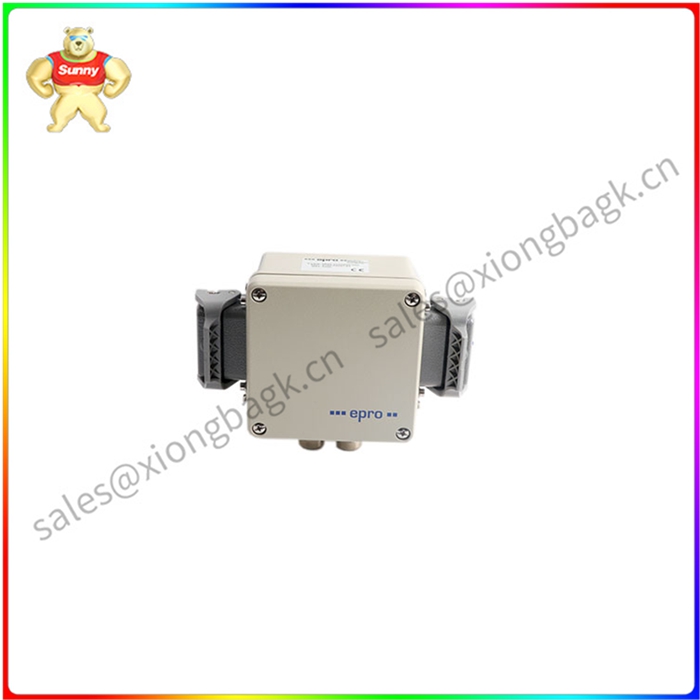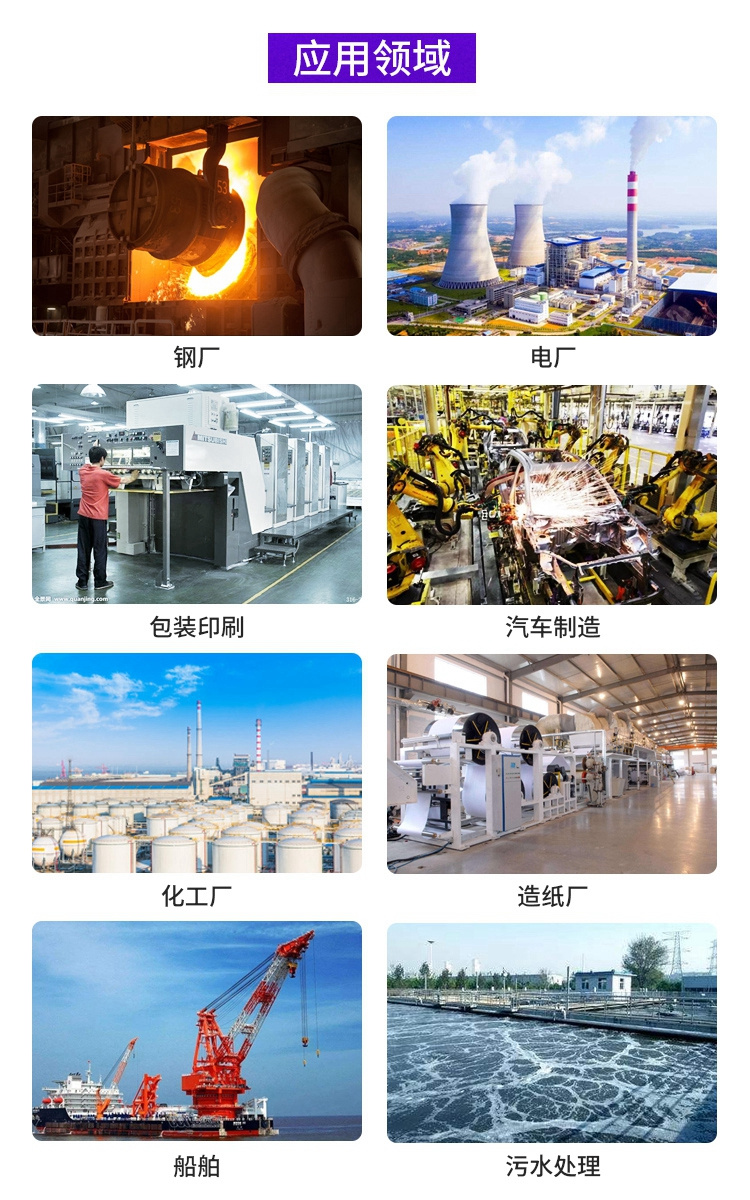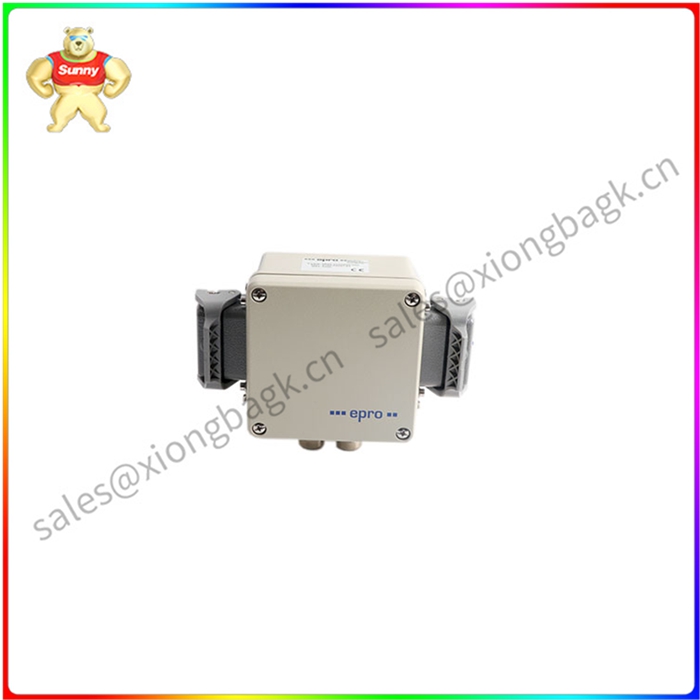MMS3120022-000 9100-03047-01 轴承振动变送器 模拟量扩展模块
将变送器和扩展模块组合在一起的好处:
增加通道容量:扩展模块扩展了模拟输入通道的数量,允许系统同时监测多个轴承的振动水平。
信号调理和滤波:扩展模块可以提供信号调理和滤波,以提高振动数据的质量和准确性,消除噪音和干扰。
报警和诊断:扩展模块可以提供报警和诊断功能,使系统能够检测和提醒操作员潜在的轴承故障。
与数据采集系统集成:扩展模块可促进与数据采集系统的集成,允许对振动数据进行集中监控和分析。
集成注意事项:
兼容性:确保发射器的模拟输出与扩展模块的模拟输入规格之间的兼容性,包括信号范围,缩放和阻抗。
接线和连接:正确的接线和连接对于确保可靠的信号传输和避免接地回路或干扰至关重要。
配置和校准:适当配置扩展模块以匹配变送器的输出和特定的应用要求。 校准系统以确保准确的振动测量。
数据解释和报警:为数据解读和报警阈值制定明确的指南,以识别潜在的轴承故障并及时启动维护措施。
系统集成和联网:将系统与现有的数据采集、监控和控制系统集成,以提供机器运行状况和性能的整体视图。
模拟扩展模块示例:
美国国家仪器 NI 9211:该模块提供 8 个单端或 4 个差分模拟输入通道,具有 16 位分辨率和宽信号范围。
欧米茄 OM-DAQ-USB-2408:该模块提供 8 个模拟输入通道,具有 24 位分辨率和高采样率,适用于高频振动信号。
ADI公司ADAS1000:该模块提供 4 个具有 16 位分辨率和可编程增益和失调的模拟输入通道,允许灵活的信号调理。
通过仔细考虑兼容性,布线配置数据解读,系统集成,和模块选择,MMS3120022-000 9100-03047-01 轴承振动变送器与模拟扩展模块的集成可以显著增强轴承状态监测,预测性维护,以及整体机器可靠性。

MMS3120022-000 9100-03047-01 轴承振动变送器 模拟量扩展模块
Main features:
Logical control: The MPB2-TP CPU module is designed to perform logical control tasks, enabling IT to manage the behavior of various system components according to defined rules and conditions. This capability is essential to ensure the intended operation of an automated system.
Data processing: The processing power of the module enables it to handle data acquisition, manipulation and storage. It can collect data from sensors, perform calculations, and store the processed data for further analysis or decision making.
Communication interfaces: such as Ethernet or serial ports, MPB2-TP modules usually have communication interfaces that enable them to exchange data and interact with other control systems, sensors and actuators. This communication capability helps integrate modules into a larger control network.
Programmability: This module typically supports programming using a variety of programming languages or tools. This programmability allows users to customize the module's behavior to meet specific application requirements and implement complex control algorithms.
Scalability: Some MPB2-TP CPU modules offer scalability, allowing users to extend their control functions by adding or connecting other modules. This scalability allows the control system to adapt to growing or changing needs.
Applications:
Industrial Automation: MPB2-TP CPU modules are widely used in industrial automation systems, including manufacturing, process control and assembly lines. It is used to control machines, manage production processes and optimize resource utilization.
Building Automation: In building management systems, this module controls lighting, heating, ventilation and air conditioning (HVAC) systems to maintain a comfortable indoor environment and improve energy efficiency.
Power Control: This module is used in the power control system to manage and regulate power distribution. It controls switchgear, monitors system parameters, and ensures the stability and reliability of the power grid.
Monitoring and diagnosis: The MPB2-TP CPU module can be used to monitor and diagnose devices by collecting sensor data, analyzing trends, and identifying potential faults. This proactive monitoring helps prevent failures and optimize maintenance schedules.
Transport systems: Applications of this module in transport systems, such as traffic control systems and railway signalling systems, manage flow, ensure safety, and optimise transport efficiency.
Benefits:
Enhanced control and automation: The MPB2-TP CPU module enables precise and efficient control of automation systems, improving productivity, quality and safety.
Improved data management and analysis: The module's data processing capabilities facilitate data collection, analysis and decision making, leading to better process optimization and resource management.
Simplified system integration: The module's communication interface and programmability simplify system integration and customization, enabling seamless integration with existing control networks and adapting to specific requirements.
Scalability and future-proof: The module's scalability allows future expansion and adaptation to changing control needs, ensuring long-term value and investment protection.
Enhanced monitoring and diagnostics: The module's monitoring capabilities help identify potential problems early, prevent failures, reduce downtime, and optimize maintenance costs.
Considerations and challenges:
Correct system design and configuration: Ensure correct system design and configuration to match specific control requirements and application constraints.
Programming expertise and security: Implement appropriate programming practices and security measures to protect modules and the entire system from unauthorized access and cyber attacks.
Data management and integration: Establish effective data management strategies and integration mechanisms to ensure data integrity, accessibility, and decision-making utilization.
Maintenance and troubleshooting: Implement regular maintenance procedures and establish troubleshooting guidelines to address potential issues and maintain system performance.
Compatibility and upgrades: Ensure compatibility with existing systems and communication protocols during upgrades or system expansions to maintain overall system integrity.
In summary, the Eaton MPB2-TP CPU module plays a vital role in enabling efficient and reliable control, data processing, and communication within industrial automation systems.






 QQ在线客服
QQ在线客服